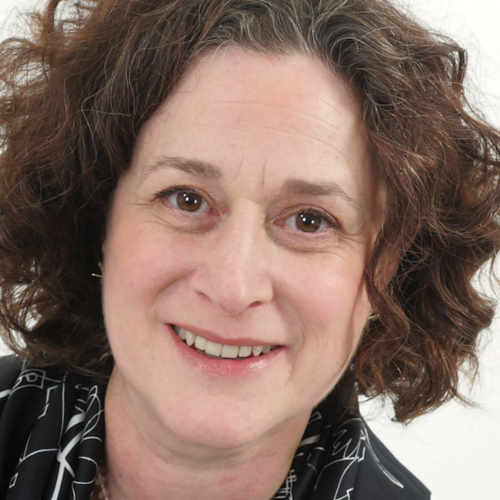The Shapes of Ancient Science
Presentation and Discussion with Liba Taub, Einstein Visiting Fellow and Professor of History and Philosophy of Science at the University of Cambridge
Articles, textbooks, blogs and tweets – today science can take many shapes to communicate. Ancient Greek and Roman authors could not discuss natural phenomena or mathematical problems on Twitter. However, they used an impressive variety of different formats, including poetry, lectures and inscriptions on sundials. In fact, the range of forms chosen for the dissemination of scientific ideas is one of the most puzzling and understudied aspects of ancient intellectual life. Liba Taub and her Berlin Research Group have been exploring the shapes of ancient scientific texts and tools and will present exciting findings.
In the course of the evening, project team members will share their work at a number of ‘stations’:
- Liba Taub and Aude Doody (Genres of Greek and Roman Science)
- Gerd Graßhoff and Florian Kotschka (Astro-Meteorological Calendars)
- Elisabeth Rinner (Astronomical Globes)
- Bernhard Fritsch and Maria Keil (Sundials)
Liba Taub

Liba Taub is Professor of History and Philosophy of Science at the University of Cambridge and Director and Curator of the Whipple Museum of the History of Science. Since 2010 she has been Einstein Visiting Fellow in Berlin at the Excellence Cluster Topoi, a research network with a focus on the study of the ancient world. The research focus of her fellowship is on scientific communication in ancient Greece and Rome.

